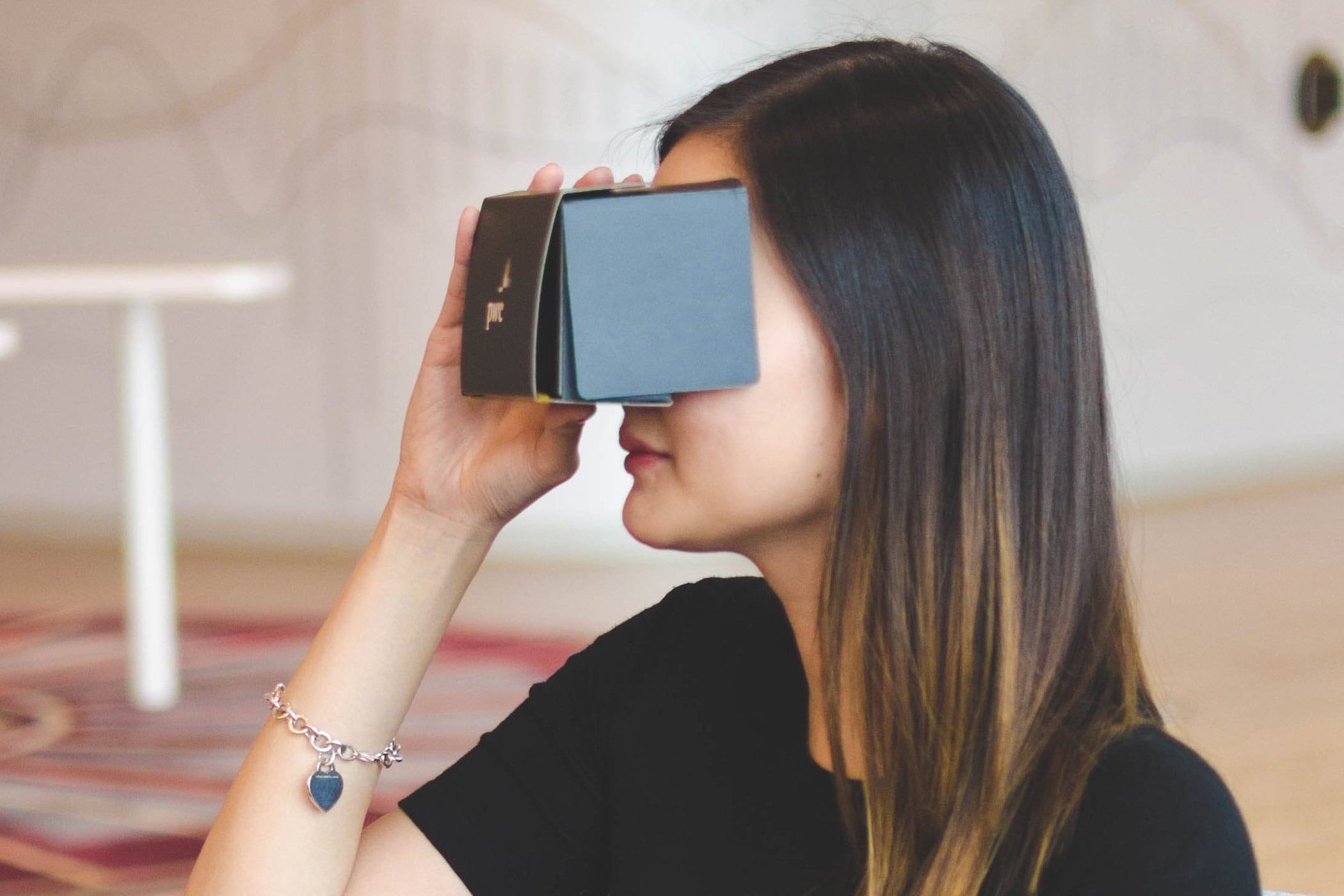{{item.title}}

Key takeaways
Over the course of 2016, consumer virtual reality (VR) technology matured at an unprecedented rate. Headsets such as Facebook’s Oculus Rift, HTC’s Vive and Playstation VR were all released in the same year that the virtual and augmented reality (AR) industry attracted a record US$2.3 billion of investment¹.
Now that the technology is considerably more accessible and affordable, attention is turning to what it’s delivering. The next stage of virtual reality’s evolution demands plenty of compelling content to be produced in order to feed adoption.
Accessible across a range of devices such as a mobile handset or a fully immersive headset, it is predicted that 171 million people will use virtual reality in 2017² and one report estimates that the sector could see more revenue than the television industry by 2025³.
Use cases for the technology are by no means confined to gaming and entertainment: a 2015 study revealed that 75% of the world’s most valuable brands have already created a VR or AR experience4.
As with any new technology, however, user experience is a critical success factor. Before integrating such technology into business use, its fundamental constraints must be understood.
Poorly designed experiences can lead to dizziness, eye strain and nausea. Beyond the physical complexities, it’s also important to bear in mind the reality of how people use technology in their daily lives. There is, after all, a user at the centre of all this, and consideration of how VR or AR will genuinely enhance their experience will influence where it is best implemented.
We see the strongest use cases for VR in creative communications, training, design, engineering, and manufacturing, with potential for deeper virtual collaboration in an enterprise setting.
When communicating a message, the medium – a pamphlet, video, website or social media, for example – depends on the goal.
One of the defining features of virtual reality is its ability to engage the user in a completely new environment, whether it’s true-to-life or completely fantastical. This unparalleled depth of immersion can elicit a greater emotional or empathic response than traditional mediums.
Where VR works well in creative communications is in situations that require stakeholders to experience the impact of a particular situation or proposed intervention first hand. A poignant example of this is when charities use virtual experiences to put benefactors in the shoes of those they are supporting5.
One of the most exciting areas of VR from a business perspective is the way it could potentially revolutionise the way in which training and professional development is delivered.
Learning by doing is arguably the most effective method of training. In some situations, though, the activities are too expensive or dangerous to repeatedly practice in real life.
These might includes flying a plane, performing complex surgery, or enacting military combat manoeuvres. Pilots have been using simulators for decades, but many other professions are also adopting virtual training.
Virtual reality is also useful in bringing humdrum subjects to life, providing a greater opportunity for information to be absorbed than traditional ‘death by Powerpoint’ methods. One of the applications developed by our team here at PwC was for a business school. Artificial environments such as a cafe and a ski lodge were created in virtual reality to provide challenge-based learning around basic accounting principles.
More recently, we’re seeing VR solutions to support ‘soft skills’ training. Aimed at developing the emotional intelligence of staff, virtual environments can be used to practice skills such as public speaking, decision-making in stressful situations, and dispute resolution. Traditionally, these skills might be taught in face to face workshops; with virtual reality, such training can be delivered at scale and potentially personalised to each user.
Architects, engineers and manufacturers have much to gain from the rise of VR.
A traditional constraint of computer-aided design (CAD) tools is that they represent 3D objects and environments on two dimensional screens. With virtual reality, it is possible to create 3D representations, in real size, that users can walk around and explore in a much more intuitive fashion.
Virtual reality brings design concepts to life. It could allow, for example, a family renovating their home to ‘walk around’ the new kitchen they envisaged. It also enables the designers themselves to experience their designs more authentically, accelerating their ability to make necessary edits and adjustments to their products. And, where expensive physical modelling methods such as 3D printing or laser cutting might previously have been used, virtual reality can conjure a simulation that appears to be just as accurate.
The three use cases above represent perhaps the greatest opportunity for return on investment in virtual reality. They are also applicable across a broad range of industries across the globe.
With the cost of production now, in many cases, comparable to that of traditional mediums, exploration of virtual reality in a business context is set to increase. As market opportunities become clearer, there is no better time to start experimenting with this revolutionary technology. The technology is there – it’s just waiting for content.
Read more about the technical considerations for designers and the methodology behind the implementation of enterprise virtual reality in the PwC whitepaper, Virtual Reality in the Enterprise, released May 2017. The report was written by PwC Virtual Studios in collaboration with VR pioneer, futurist and author Mark Pesce.
References

© 2017 - 2025 PwC. All rights reserved. PwC refers to the PwC network and/or one or more of its member firms, each of which is a separate legal entity. Please see www.pwc.com/structure for further details. Liability limited by a scheme approved under Professional Standards Legislation.
